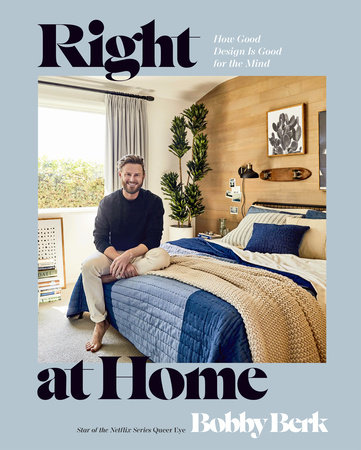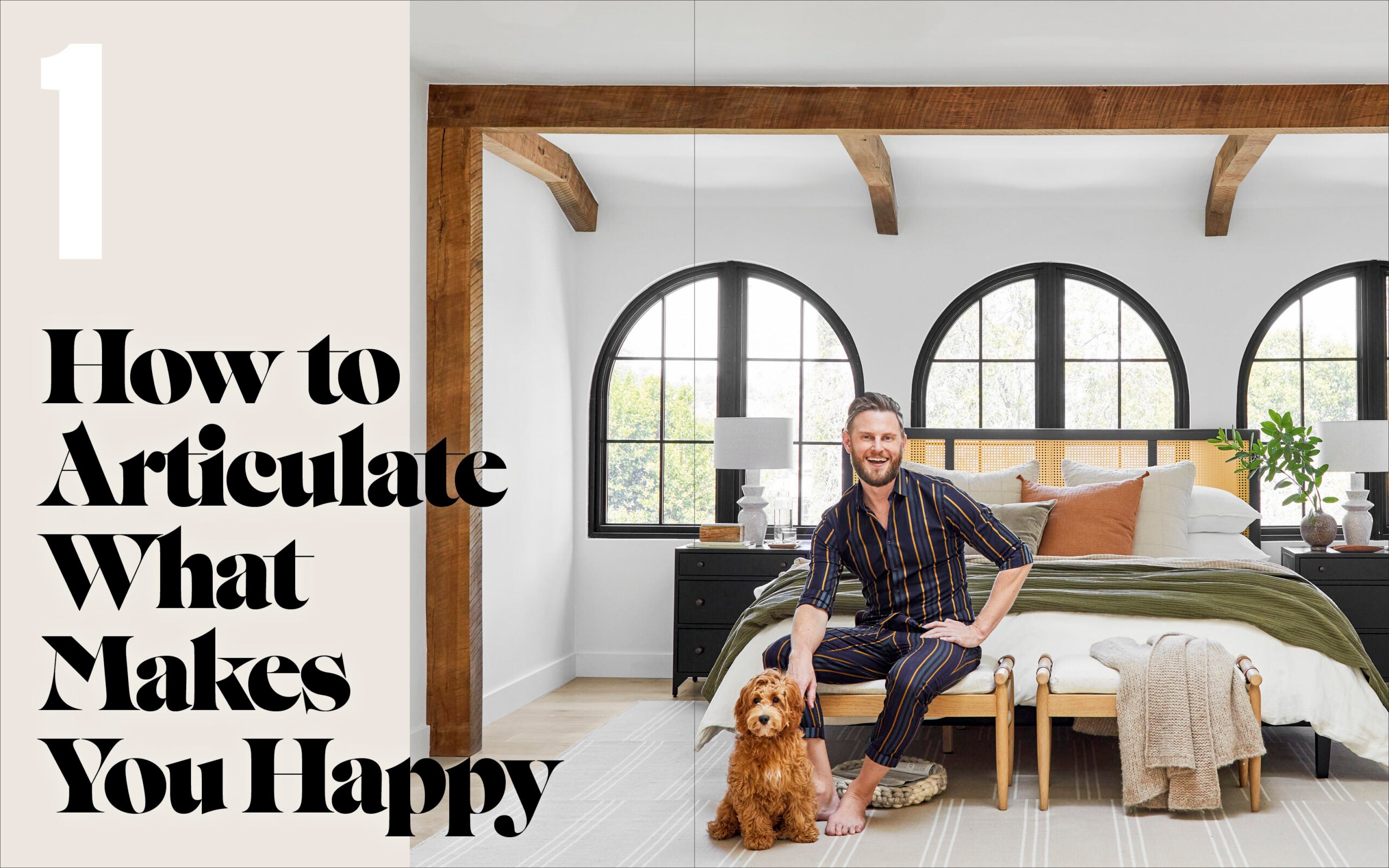IntroductionThe way your home makes you feel matters.
The first time I knew design had the power to transform my mind, I was five years old.
Inspired by the cool, blue tones from a dinosaur poster I had found at a local arts and crafts store, I decided to buy matching sheets and curtains for my bedroom (yup, even at five, your boy knew how to pull out a color palette!). I remember taking all the birthday money I had saved up—$80!—and asking my mom to take me to Venture (RIP to the old-school Target of the Midwest, one of my go-to places to shop for pretty much anything back then). I walked right up to the blue bedding sets without skipping a beat. As soon as we got home, I ran up to my room, removed the red bedspread and curtains that were there and replaced them with the soothing blues ones (right out of the package! The fabric was still creased and everything). I can remember how excited I was to see the final look as I stepped back to admire my new digs.
The impact was immediate, visceral, undeniable.
In my bones, I knew that the color shift was having a profound effect on my mood and emotional state. To this day, my mom still talks about how I had carefully explained to her that the red made me anxious but the blue made me feel good. I didn’t know why, I didn’t know how—I just knew it did.
And the rest, as they say, is history.
Now, it wasn’t a straight shot to Queer Eye from that moment on (not by a country mile!). I’ve had a circuitous path, to say the least (at one point, I was working the graveyard shift as a gas station attendant while also managing a Bath & Body Works store and squeezing in shifts at the Gap). But what I know now—that I didn’t know then—was that at five years old, I had just come face-to-face with my life’s North Star: my (design) instincts.
And looking back, it’s
so clear that my instincts had been leading me all along.
Though it took me a minute before I found my way more formally into the world of interior design, my instincts were ever present through all my various gigs, living situations, and seminal moments.
Now, sometimes, my instincts would lead me directly from Point A to Point B. When I was nineteen, I walked into the Great Indoors cold turkey and just point-blank asked for a job, because deep down I knew that I could (a) put together a space and (b) help others to do the same. I got the job on the spot and spent a year there being the #1 salesperson on the floor. (Later, I did the same thing at stores like Bombay Company and Restoration Hardware.)
Other times, I would detour a bit first, and things would have to get worse before they got better. Case in point: My first big apartment complex reno almost got me evicted! True story: I was getting over a breakup and because, for me, home design has always been a massive act of self-care, I proceeded to activate a full-on Bobby Berk Redesign in my unit (i.e., I put in new flooring, painted the kitchen cabinets, and updated the light fixtures). When the super called the building owner in to tattle on me, I genuinely thought I’d be out on the street (again). But instead, the owner took one look at what I had done with the place, turned around, and asked if I could redo the rest of the units in the building. Guess who got free rent for six months because his instincts just refused to be ignored? (Yep, me! The guy who keeps finding that, more than anything, design really is medicine for my mind.)
See? All good design on some level is always guided by someone’s unique and specific instincts. Home design especially is—because it’s so personal! It’s
your home so
your instincts should be calling the shots, not mine! More than any other design project, designing someone’s home requires the designer to get to know the homeowner as intimately as possible. I see so much of my job as trying to get into someone’s headspace so that I can ultimately make the design choices
they would make. That way, when the client walks into the finished space, they’re saying things like, “Bobby, how did you know?” Or “That’s exactly what I would have chosen.” The goal isn’t just to go in and do a makeover—the goal is to set up the home for
you and
your unique needs, passions, loves.
But here’s the real reason you need to trust your instincts: When you do, your home automatically becomes your own personal mental wellness retreat. And
that’s why I do what I do: Because I’ve experienced the incredible mental health benefits of a home designed to serve, support, and take care of me and I’m seriously addicted to giving others the same life-changing experience.
I’ve also noticed that, often, my instincts were the loudest when I was at my lowest. As a lot of you probably already know, it was some of my earliest experiences living
without a home that impacted—and continues to impact—how I approach home design. When I left my parents’ place at fifteen, I was in a tough spot for quite a while before I found my footing. I slept in my car, on friends’ couches, and sometimes out on the streets when things were tough. When I was finally able to swing my first apartment—a little one-bedroom apartment on Walnut Street in Springfield, Missouri—I distinctly remember my very first night there like it was yesterday. I had a few hours to myself before my boyfriend at the time got home, and I remember feeling
super excited to just be left alone to nest a bit. Actually, some friends had invited me to Martha’s Vineyard (a local, scene-y nightclub in Springfield, not the bougie island in New England) and even though I wanted to go, I declined because I knew deep down that I needed to take a minute to set up my space. (See? Instincts coming through loud and clear here!)
I set up the kitchen, did some laundry, deep cleaned the bathroom (because of the inconsistent housing situations I’ve experienced, setting up a new space has always been an important self-care ritual for me). When I finally allowed myself to get under the covers in the first bed behind closed doors I’d slept on in almost two years, it struck me like a quiet bolt of silent lightning.
Even more than physical comfort, I was strangely overcome by a sense of profound peace inside my head—that same, inexplicable, in-my-bones wave of calm I felt when I first saw my blue curtains at five years old. And that’s when I realized:
Your home needs to be a safe space for your mind.
In that moment, I realized that having a secure, stable landing spot at the end of the day is an absolute necessity for your mental wellness. I truly believe that homes are buildings that should not only offer us physical protection but also mental protection. This belief is what continues to drive how I approach home design and, honestly, life. Because your mental health is the rudder of your entire life and without it, everything else kind of falls apart.
I knew I was on to something and never stopped holding on to that kernel of wisdom.
It’s funny:
Queer Eye’s slogan is “More Than a Makeover,” and I couldn’t have said it better myself, honestly. Design is so much more than just giving your home an external makeover—thoughtfully setting up your home is an act of self-care, something that is often overlooked. Maybe it’s even seen as an extra expense and not a basic necessity.
But the way your home is designed
matters.
Copyright © 2023 by Bobby Berk. All rights reserved. No part of this excerpt may be reproduced or reprinted without permission in writing from the publisher.















